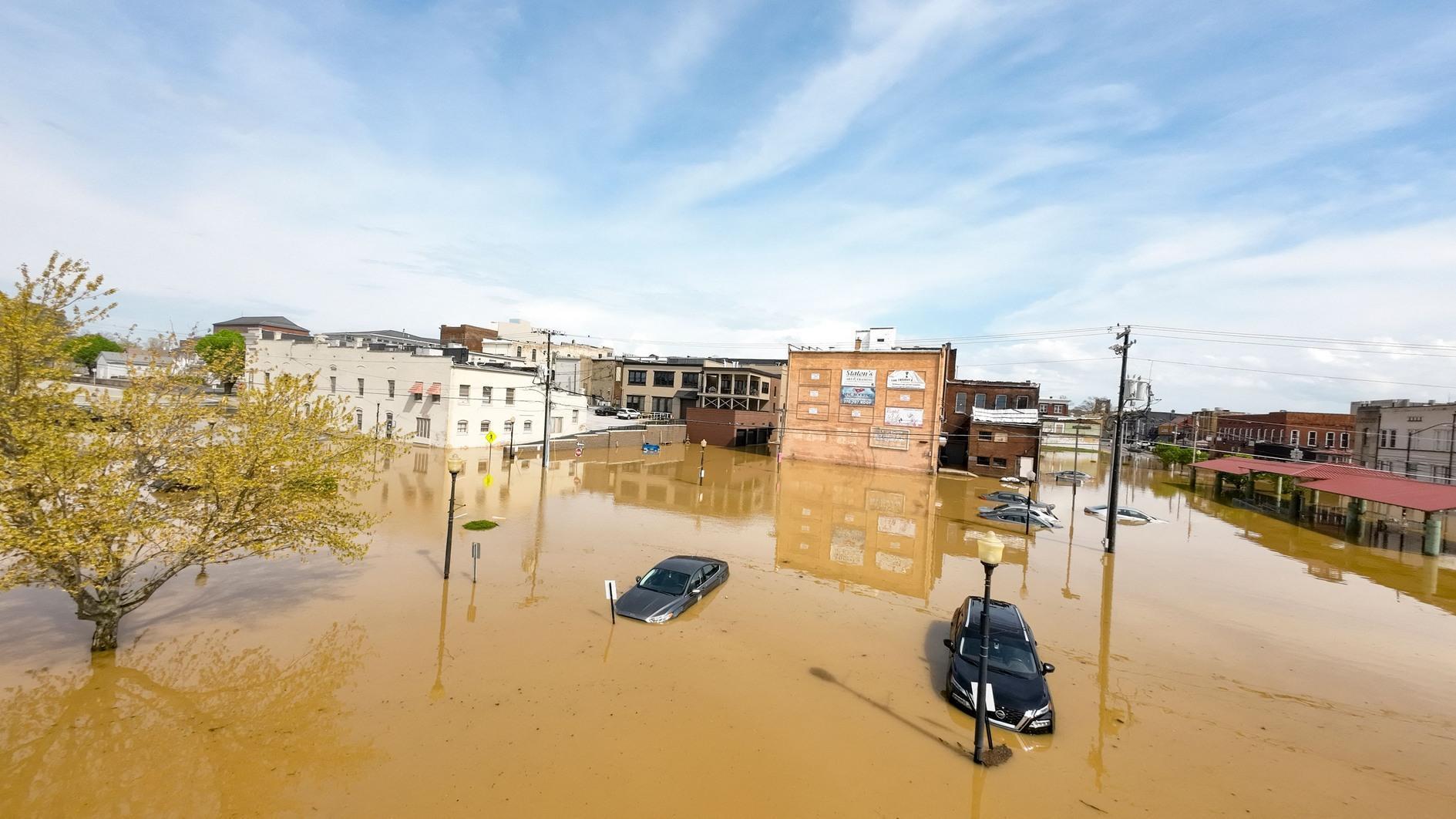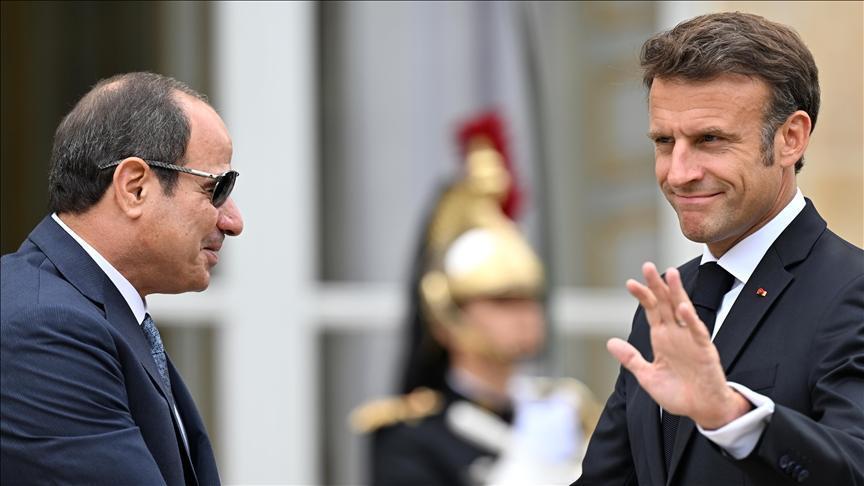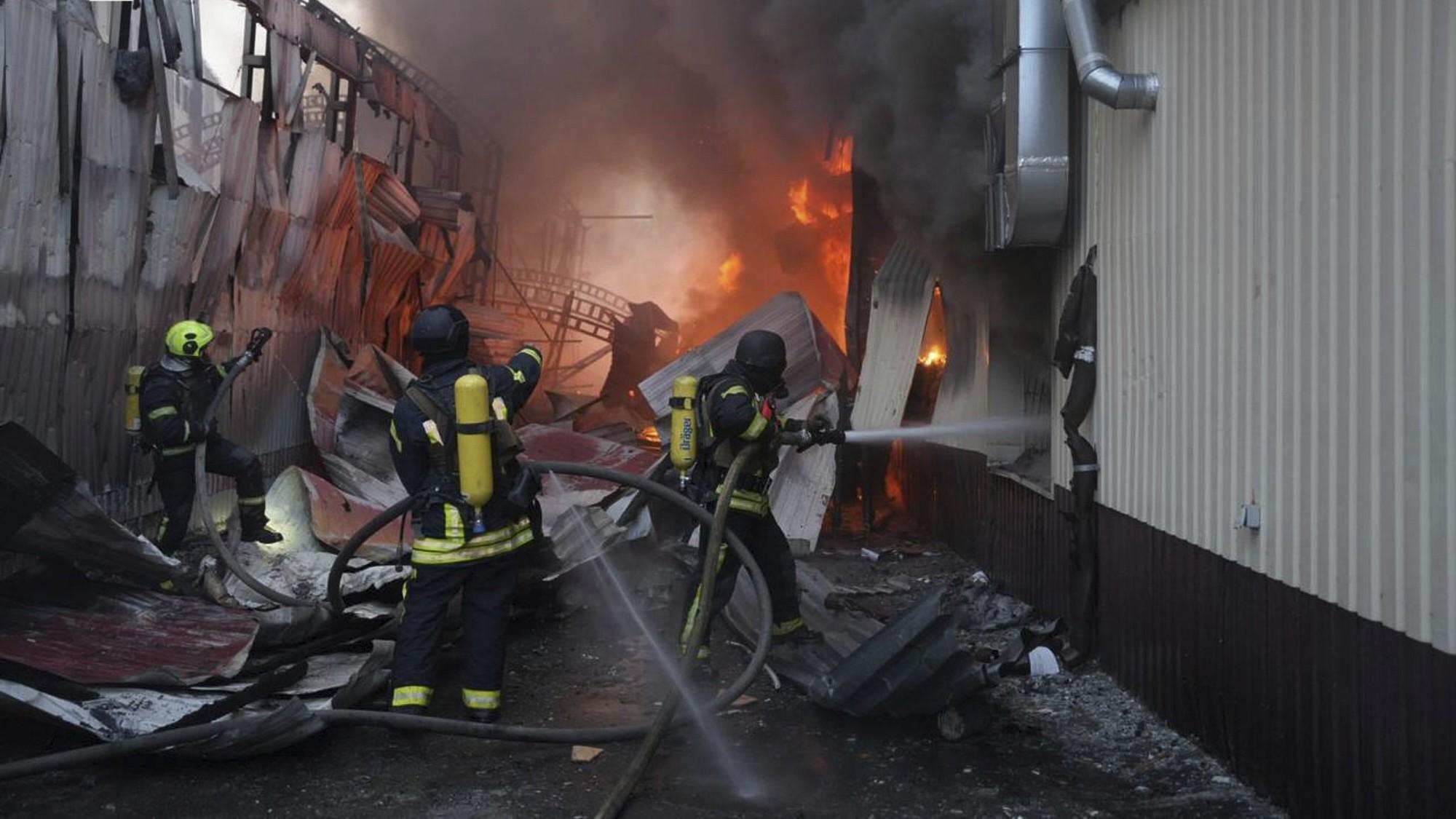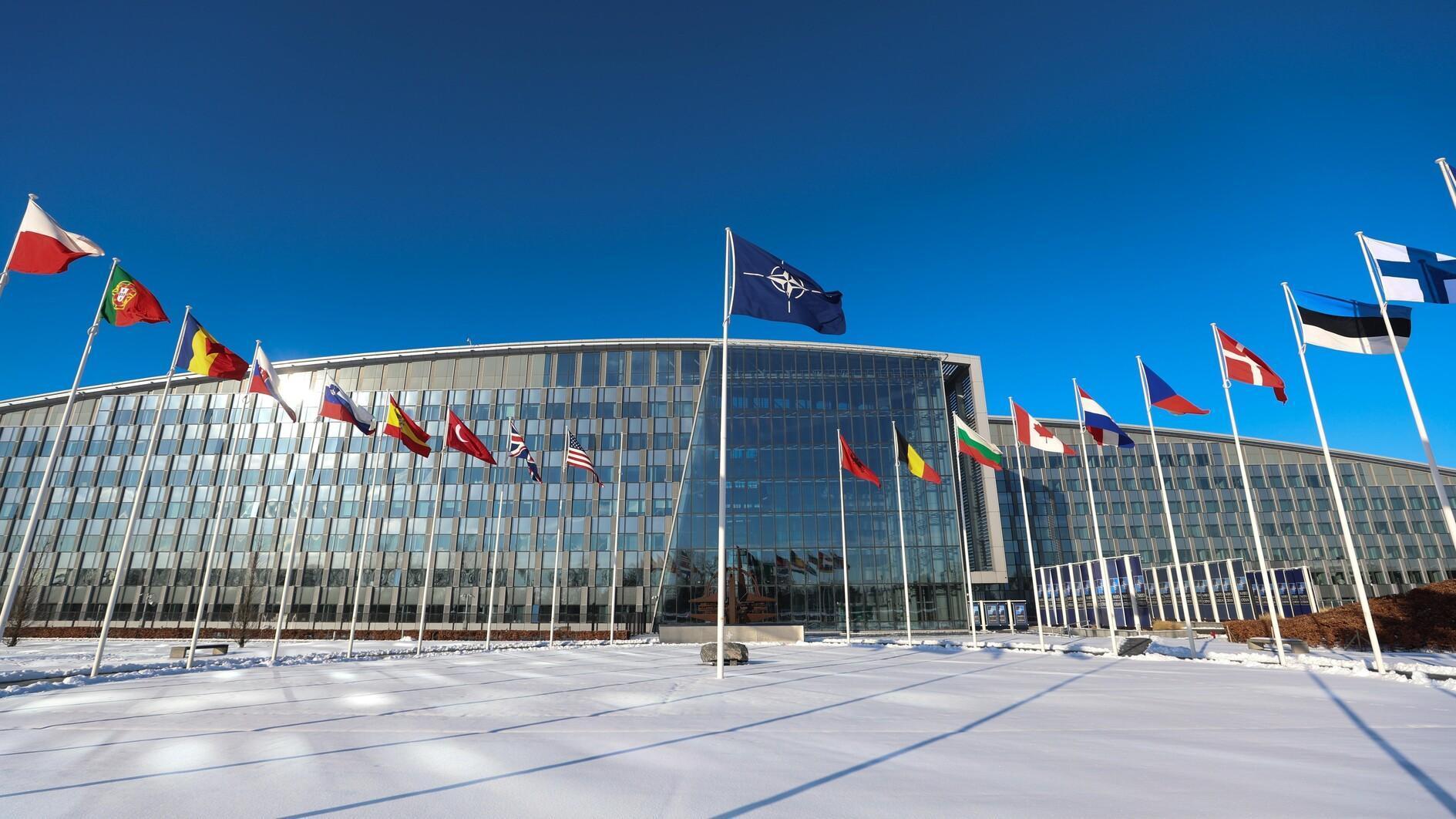Iranian economy 101
NEVŞİN MENGÜ
To achieve its target of 8 percent GDP growth, Iran needs 30 billion to 50 billion dollars of foreign investment every year. That is what Iranian President Hassan Rouhani said on state TV in the wake of “Implementation Day.” With oil prices descending, the advent of shale gas and the United States becoming self-sufficient in natural gas for the foreseeable future, Iran might be losing its energy card as an advantage.Obviously it is not feasible for Iran to remain a conservative and closed economy. “The Iranian market will change, open up to foreign investment and provide a win-win atmosphere for all parties – the Iranian state and foreign investors.” But will this really be the case? I doubt it.
Given that it is a closed system, with unique institutions of its own, investors might need an “Introduction to Iran 101.” First of all, every rule is not on paper in Iran; actually, not much is on paper. Iran does have a written constitution and a set of rules and regulations that includes a mixture of sharia and modern law.
For Turkish investors, Iran is not an unknown, alien market; Turkish firms have had pleasant and bitter experiences there.
Iran’s biggest international airport, Imam Khomeini, was finally constructed in 2005 after a relatively long hiatus after the revolution. The airport was supposed to be operated by the Turkish firm TAV.
But just prior to the opening, two local airlines refused to switch to the new airport. The economic daily Hayat-e No quoted Ali Abedzadeh, director of the semi-private Iran Aseman Airlines, as saying, “We are not flying from an airport run by foreigners.” TAV officials were ordered to withdraw their personnel and equipment from there and operations were handed over to Iran Air.
There was a brief opening ceremony, but no plane landed at the airport as planned. Turkish Transport Minister Binalı Yıldırım was there with Turkish journalists, and Mohammed Khatami, Iran’s president at the time, was supposed to make a long speech during the ceremony, but he decided to escape the opening ceremony out of embarrassment.
Apparently, the Revolutionary Guards (IRGC) decided TAV somehow had ties with Israel, so they decided to oust the company.
Also, there is the famous Oriflame case. Cosmetic firm Oriflame was one of the few foreign cosmetic firms that was allowed to operate in Iran. Since there are not many alternatives, other than low-quality Iranian brands, you used to see long queues of women in front of the Oriflame shop in northern Tehran nearly every morning. But despite any particular reason, three members of the staff and two sales consultants were detained one day. State radio reported that the company had violated tax regulations and customs law and operated an illegal marketing scheme. An Iranian newspaper, Kayhan, accused the company of supporting opposition members in Iran. Kayhan is close to the supreme leader’s office, so what is written in Kayhan can be perceived as a semi-official statement.
Oriflame’s chief financial officer, Gabriel Bennett, rejected the allegations. But soon after, the company decided to leave Iran.
As a virgin market with so much potential, the Iranian market might be tempting, but it will not be an easy market even without the sanctions.
The official slogan of the regime has been “Death to America;” it’s not just a hollow slogan, but one that is cheered every few days in the Iranian parliament. The regime has been gaining its strength from crude xenophobia. It is the norm to not trust foreigners and keep contacts at the minimum level. This is what has been taught from the beginning of the 1980s and will not be something that will change very quickly.
Also, to ensure an open market, Iranian trade law will have to change from top to bottom. The existing system is set to protect Iranian state firms – not even private ones.
Khatam al-Anbiyah will be the key word every enthusiast for the Iranian market should memorize. From energy to construction, Khatam al-Anbiya is the champion in every single sector. The holding has more than 812 registered companies inside and outside Iran and a workforce of 25,000 engineers and staff. Ten percent of the employees are IRGC members, while the rest are contractors.
For an open market that can operate with foreign investors in healthy conditions, the supreme leader will absolutely have to limit the economic activities of the IRGC.
Whether he or his successors will be able to do so is another question.











